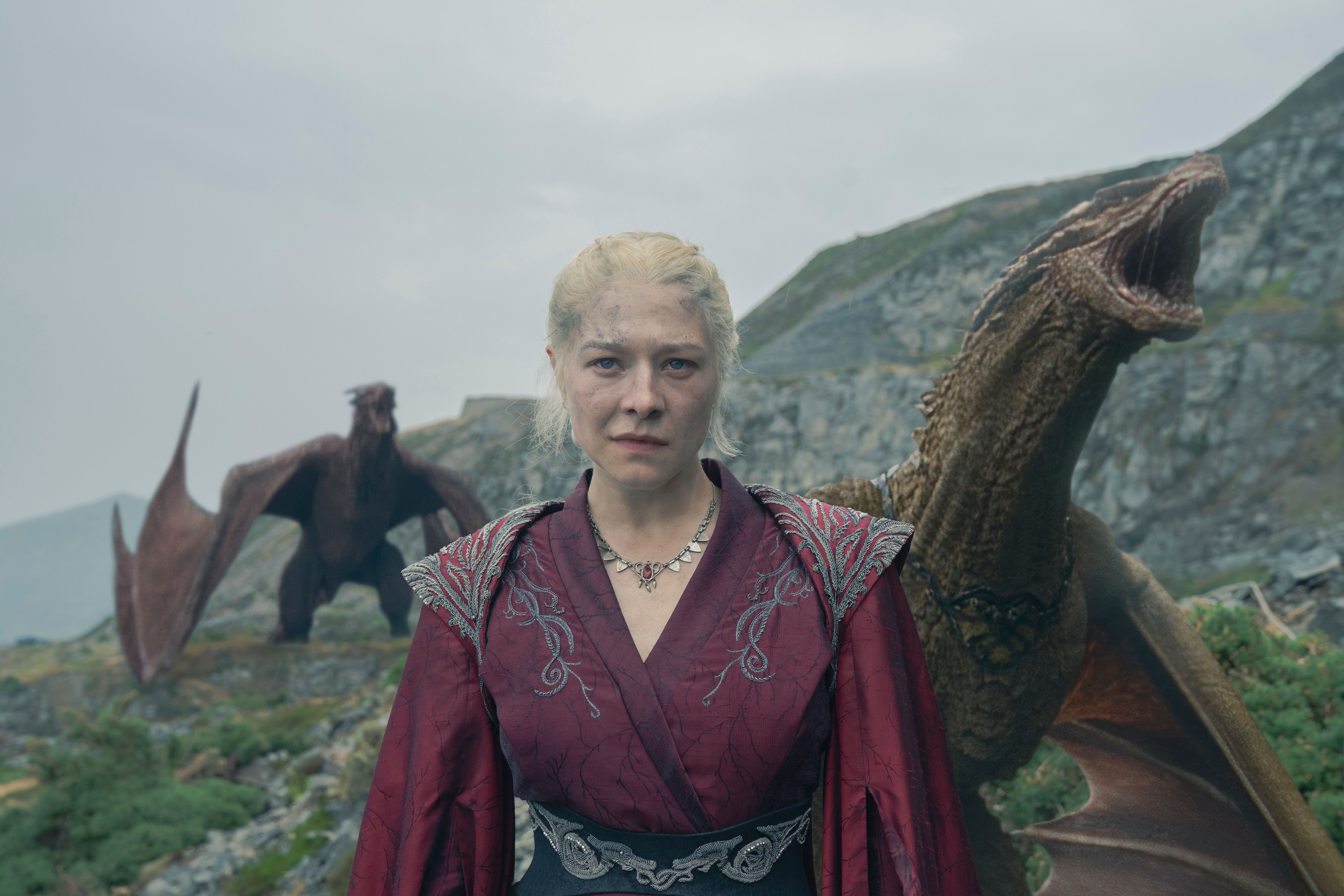House of the Dragon season 3 will be ‘massive’ — and that makes me worried
House of the Dragon season 3 is going to be, to quote showrunner Ryan Condal, “goddamn massive.”
Bigger is usually better, and that’s especially true when you’re talking about an epic TV show full of dragons. After all, there’s a reason why Game of Thrones‘ most memorable moments were its massive set pieces, like the Battle of Blackwater (an eye-watering battle featuring non-stop naval warfare, carnage of the like that was unseen before, and a budget-breaking $8 million production cost). But as HBO’s prequel series House of the Dragon races towards a third season destined to pay off the big battle set up at the end of season 2, I can’t help but hope that it doesn’t rely too much on big, explosive action.
Condal recently gave a House of the Dragon production update via his podcast The Stuff Dreams Are Made Of with co-host David Mandel. The production wrapped filming in Wales and is now moving on to studio work, but Condal let slip just how much bigger season 3 is going to be.
“Every day I walk around there and look at the things that we’re building and the things that we’re doing and the number of costumes and extras and all that… I knew it was bigger than season 2, but I don’t think I realized quite how much.” he said.
But for me, House of the Dragon truly shines when it focuses on the messy, interpersonal relationships of its key players. A good sword or dragon fight is plenty exciting, but it doesn’t come close to the thrill of a heated exchange Rhaenyra (Emma D’Arcy) and her uncle/husband Daemon (Matt Smith). For example, the fraught relationship between Aegon and Aemond (Ewan Mitchell) in season 2, where the two brothers, despite waging a war together, are constantly moving to undermine one another, is far more fascinating to me as a viewer than watching two CGI dragons spit fire at one another.
Of course, I’m not ignorant that a bigger scale was to be expected. The first season of House of the Dragon set up the war between the two Targaryen heirs, Aegon and Rhaenyra, while the second season built on that momentum. It did look as though the tides of war might be avoidable, what with Aegon’s mother Alicent pleading her former friend to forego further bloodshed (another exquisite, emotionally charged scene). But to Rhaenyra, the only way the war could be stopped is through Aegon’s death. Gnarly.
It’s these devastating miscommunications and insurmountable emotional wounds that drew me to House of the Dragon in the first place. Rhaenyra’s defiance of the patriarchal structures that kept her down and weak, in contrast to Alicent’s loss of identity and her forced submission to those same structures to survive, remains a poignant cinematic theme. And I would gladly watch five more seasons of it if I could.
The war between the Targaryen heirs ultimately leads to the sorry state of House Targaryen, as depicted in Game of Thrones almost 200 years later in the Westeros timeline. While there’s no doubt in my mind that we’ll watch some truly gnarly scenes in season 3, House of the Dragon is at its best when it acknowledges that this tale might be mired in war and epic dragon battles, but it is ultimately a tragic story that ends with a whimper, rather than a bang, for everyone involved.
